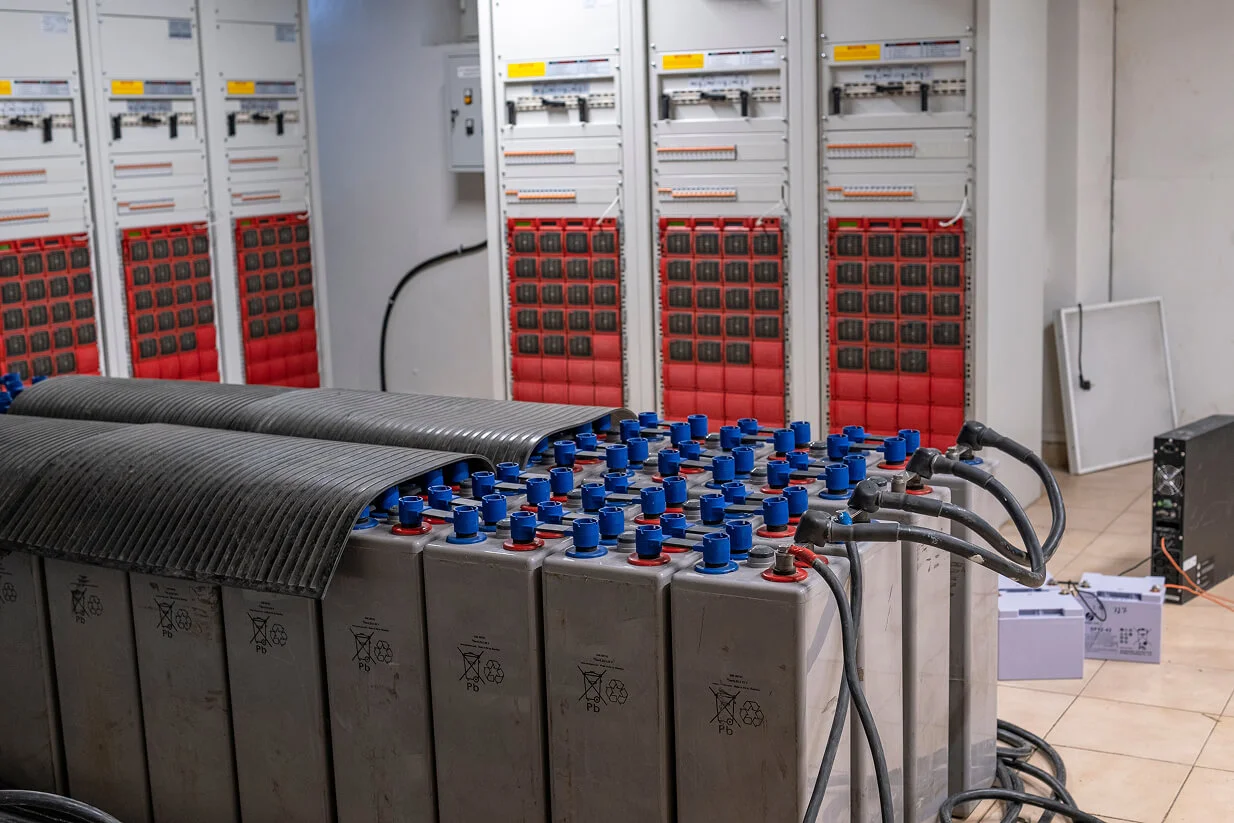The strive for decarbonizing the energy sector remains strong, with ambitions to achieve the following:
- 80% renewable energy generation by 2030
- 100% carbon-free electricity by 2035
Steep growth in renewable energy generation and electrification in the transport -, building -, and manufacturing sector puts significant stress on the power grid. Battery Energy Storage Systems (BESS) play a crucial role in enabling a more resilient and reliable power grid through buffering the intermittency of renewable power generation, peak shaving, energy arbitrage, and providing backup power supply.
With significant incentives like the IIJA’s $75 billion (2022–2026) investment in clean energy infrastructure and the IRA’s $370 billion commitment to energy transition, the market is destined for continuous growth.


